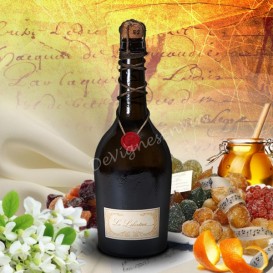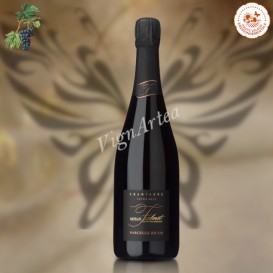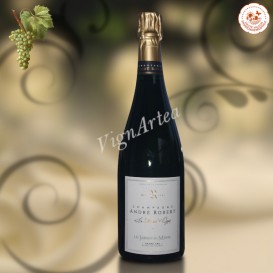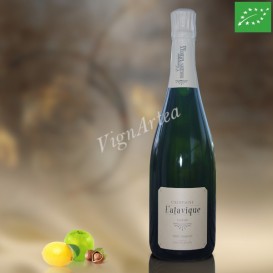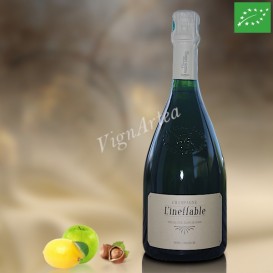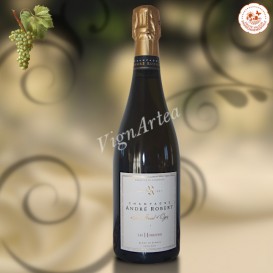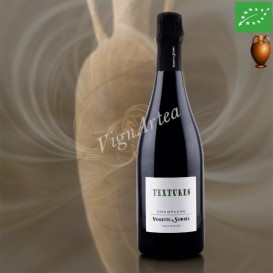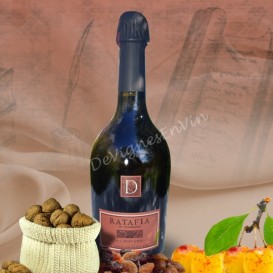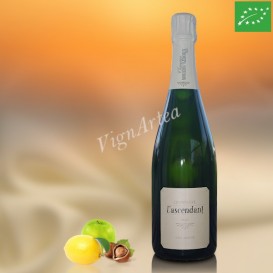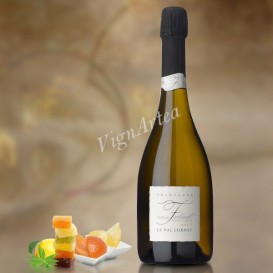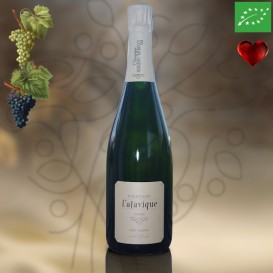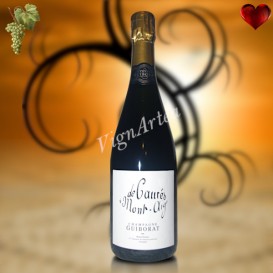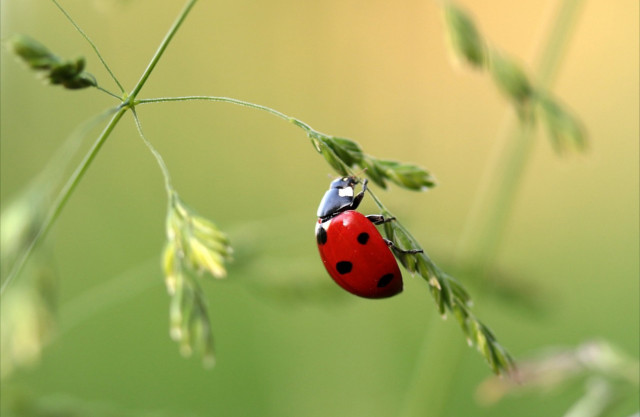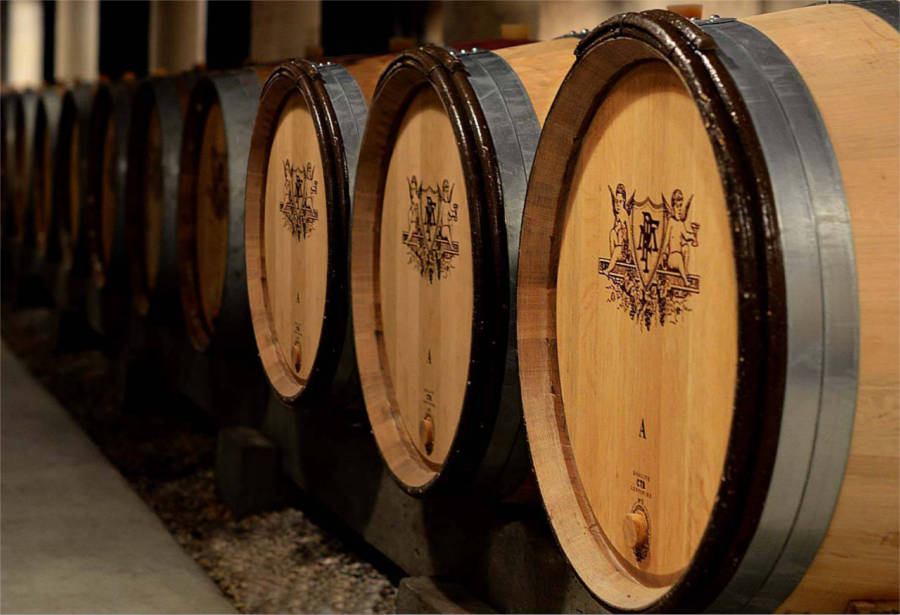SANTENAY 1er CRU GRAND CLOS ROUSSEAU 2022 (Domaine Sylvain Morey)
BOURGOGNE - AOP SANTENAY 1er CRU - RED WINE
Grape variety: Pinot noir (100%)
Destemming 50% Native yeasts
Ageing in 350&228-liters oak barrels (30% of new barrels) for 20 months.
- Nose: delicate and tasty. Notes of strawberry, raspberry with a hint of mandarin and violet.
- Palate: supple. Extremely fine tannins. Slight liquorice finish
- Tasting date: tasting notes of the 2019 vintage.
- OUR OPINION: the tiny quantities supplied do not allow me to sacrifice a bottle for tasting. As those wines are of impeccable quality year after year, I wrote the tasting notes of the 2019 vintage as an indication.
The exceptional bottle's weight (1.8kg) may result in higher shipping costs for the final shopping cart.
DESCRIPTION
The SANTENAY 1ER CRU GRAND CLOS ROUSSEAU cuvée comes, as its name indicates, from the Grand Clos Rousseau climat classified as 1er Cru. The plot is located between 260 and 280 metres high and faces south-east.
The Pinot Noir vines were planted there in 1974.
TERROIR
The Grand Clos Rousseau parcel is located at the edge of the Maranges terroir on an extremely faulty soil, revealing the different geological layers of the Middle and Upper Jurassic , a period between -171 and -155 million years, during which the region was entirely covered by the seas. Various regression and transgression movements of the waters caused, during these 20 million years,some important bathymetric variations which influenced the sedimentary deposits type, sometimes marly, sometimes calcareous.
The upper half of the Grand Clos Rousseau plot is composed of alternating layers of limestone and white marl from the Oxfordian stage (161 to 155 million years ago), while the lower half is essentially made up of marl and clayey limestone from the Upper Bajocian stage (171 to 169 million years ago): the Pinot Noir vines are planted on this Bajocian soil. The grapes reach maturity later than those located in the village of Chassagne-Montrachet and they give juices that are generally more concentrated, tannic and firm.
WINEGROWING & WINEMAKING
Since 2014, Sylvain MOREY has carried out an important work on the vines, reintroducing the Guyot pruning to improve the vines productivity and the grapes quality. The addition of compost and organic amendments have improved the microbial life of the soil.
The grapes are harvested manually and sorted once in the vineyard and a second time in the winery. The grapes are 50% de-stemmed but not crushed. Maceration lasts 24 days with daily pumping over (an operation which consists of removing the juice from the vat's bottom and pouring it back into the vat's top in order to reincorporate the marc cap into the must).
During this period, the alcoholic fermentation takes place with the native yeasts. When the fermentation is over, the must is pressed, the free-run juice and the press juice are blended and put into barrels of 350 and 228-liter (with 30% of new barrels) where they are aged on their fine lees for 20 months. The malolactic fermentation is carried out with the indigenous bacteria.
At the end of the maturing process, the musts from the different barrels are racked and blended in stainless steel tanks where they rest for 2 months, then they are bottled without filtration.
| Country | Burgundy |
| Color | Red |
| Orange wines | No |
| Clay amphorae wines | No |
| Type | Dry |
| Classification | 1er cru |
| Vintage | 2022 |
| Capacity | 75 cl |
| Single Grape Variety | Pinot noir |
| Alcohol rate | 13 % |
| Quality Designation | Santenay 1er Cru |
| Cellar Potential | 10 years |
| Service advise | 16° C. Decant 1h before serving. |
| Culture Methods | Traditional |
| Fining | No |
| Filtering | No |
| Comments | 50% destemming ♦ Native yeasts ♦ 24 days maceration. Free-run and pressed juices blended ♦ Ageing in oak barrels for 20 months, including 30% of new barrels ♦ No filtration before bottling. |





